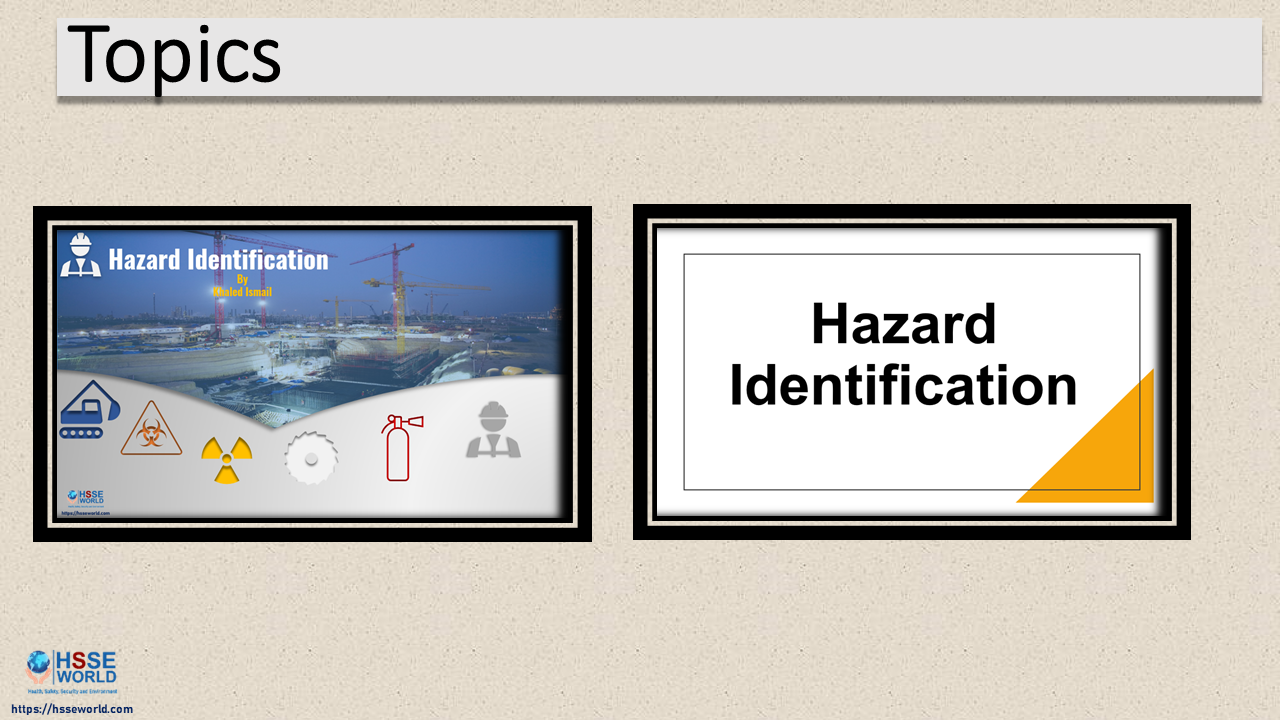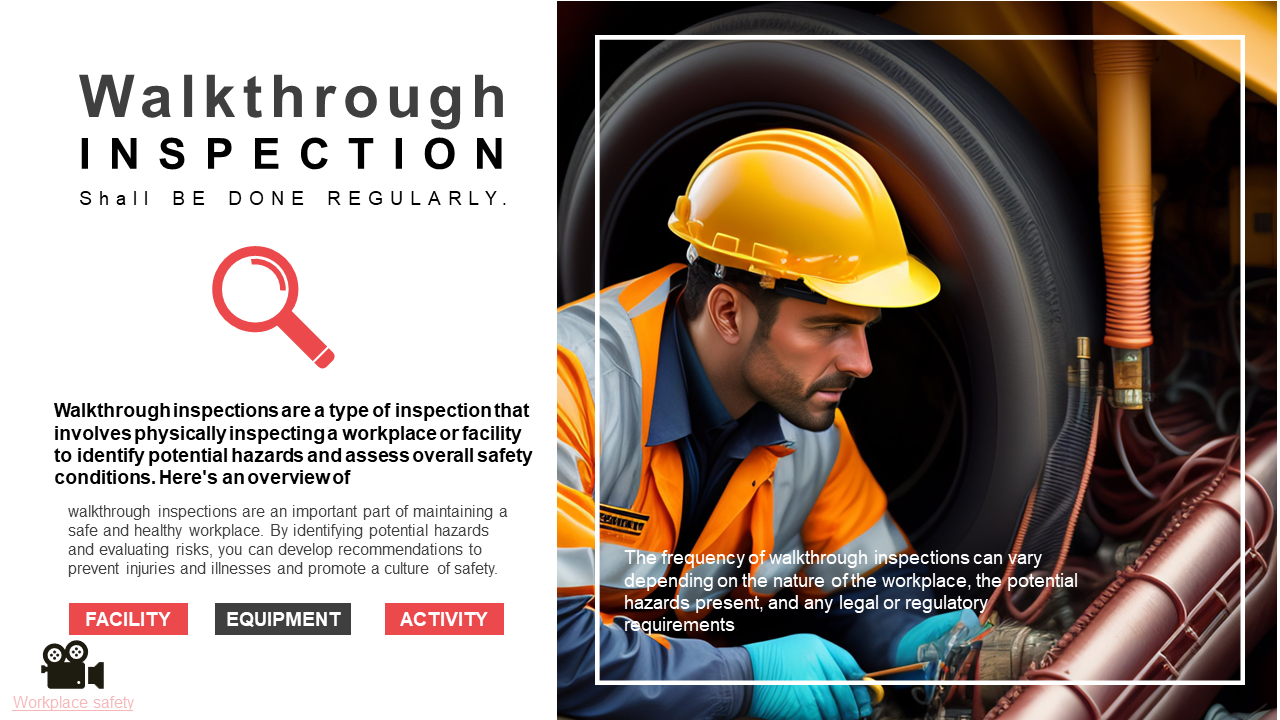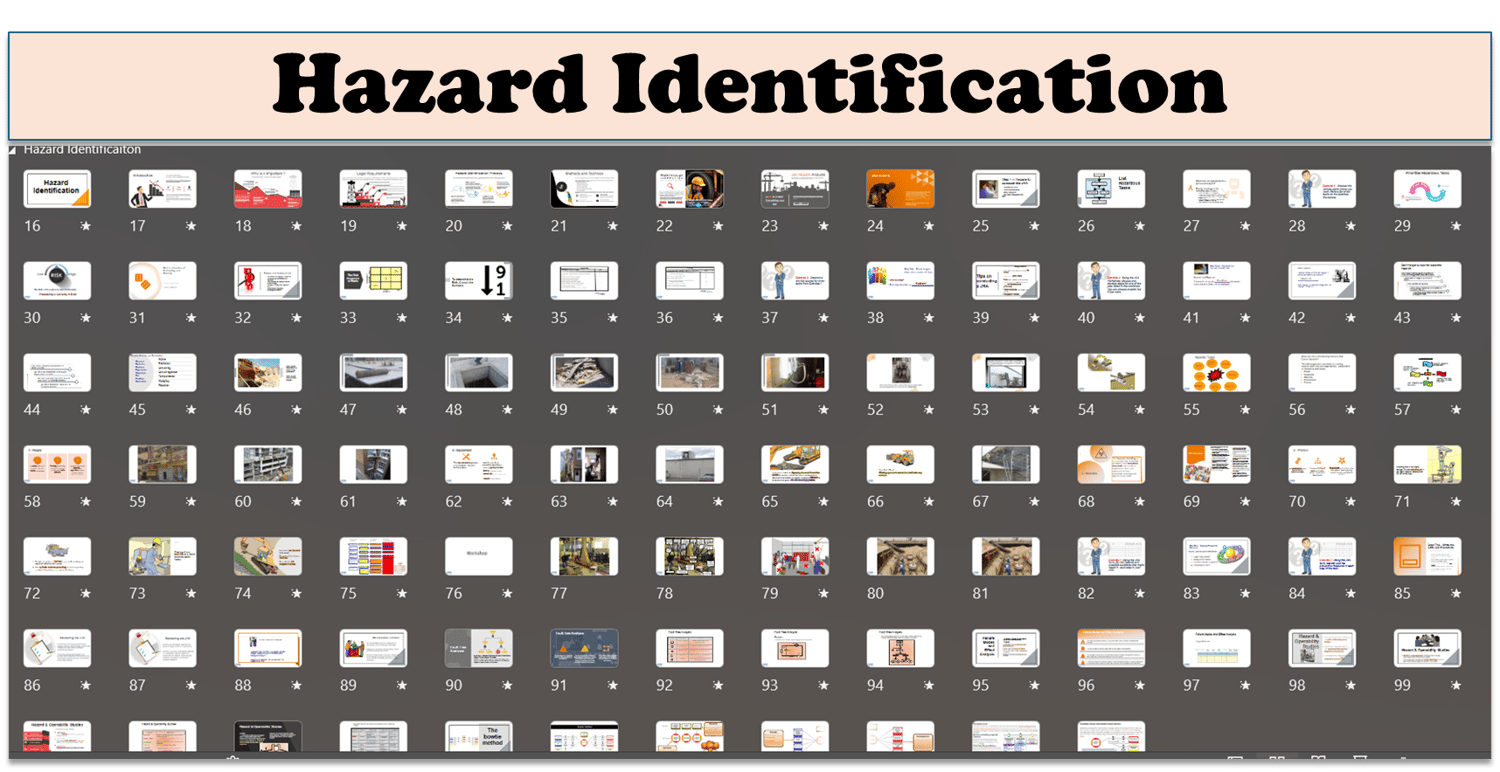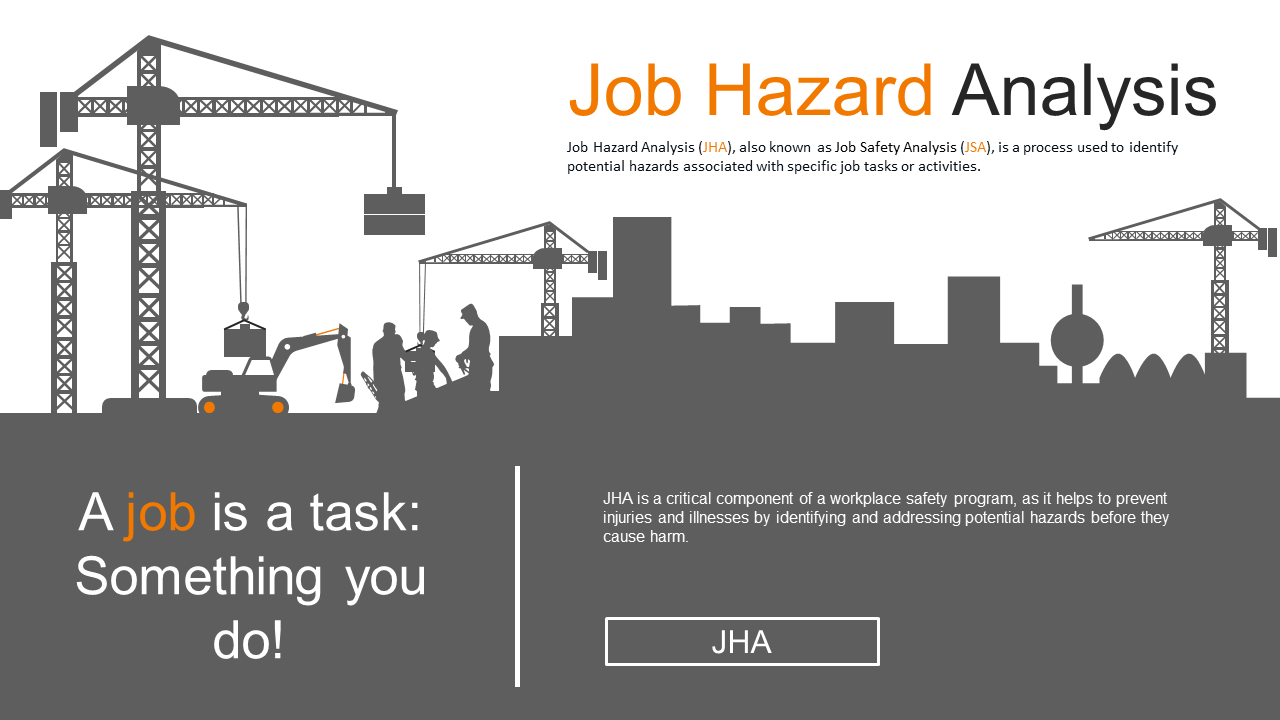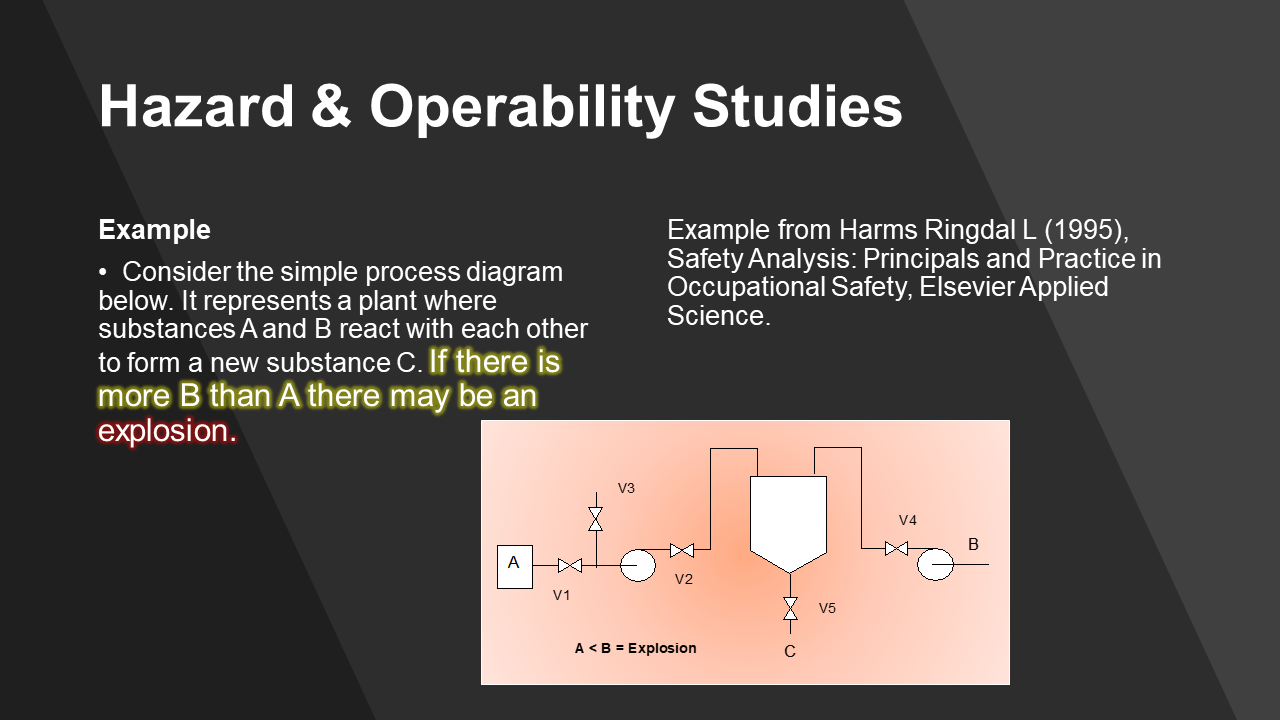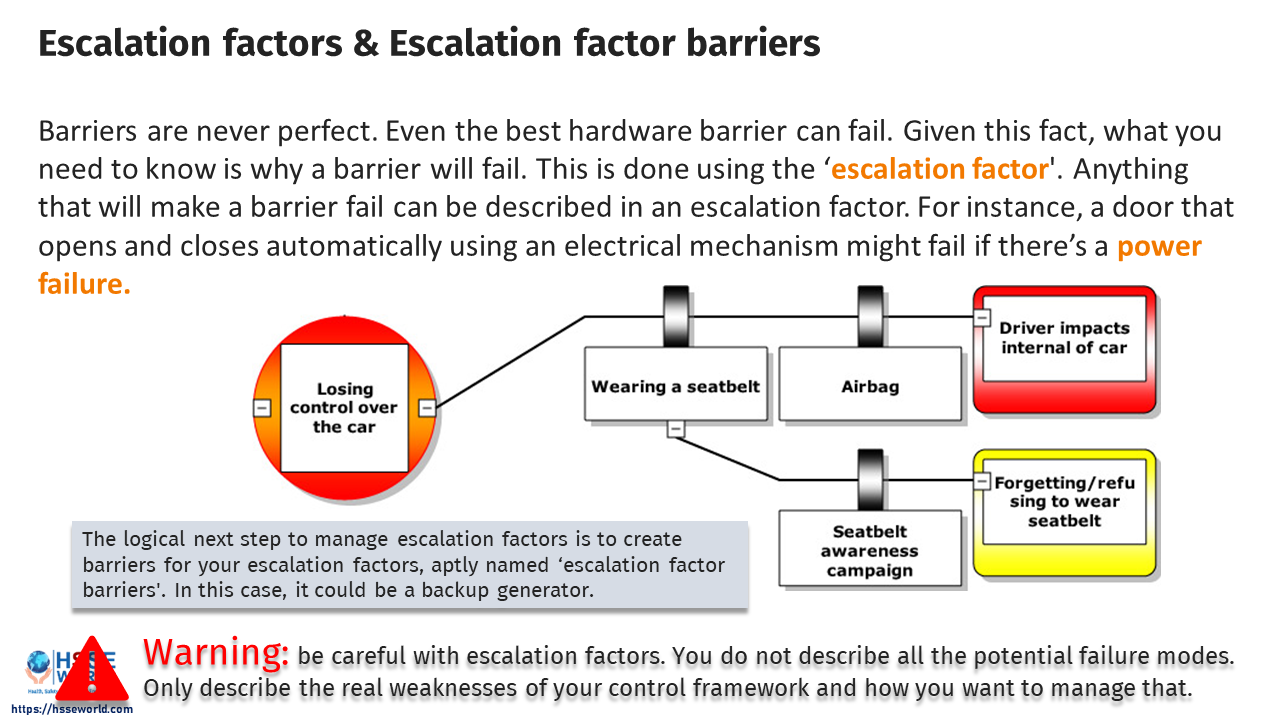
Increase Knowledge and Skills
Understanding Hazard Identification Techniques: The course will equip you with the fundamental knowledge and skills to identify potential hazards in various situations and environments.
Learning Different Techniques: You'll be exposed to various hazard identification techniques like HAZOP (Hazard and Operability Study), FMEA (Failure Mode and Effect Analysis), and What-If scenarios. This allows you to choose the most appropriate technique for different situations.
Improved Risk Management: By understanding how to identify hazards, you can contribute to a more proactive and effective risk management approach in your workplace.

Enhanced Employability
Demonstrated Competence: Completing the course can demonstrate your commitment to safety and your proactiveness in preventing accidents and incidents. This can be valuable for individuals seeking employment in safety-sensitive fields, such as construction, manufacturing, and oil & gas.
Industry Standards: Many industries have specific requirements for hazard identification training, and completing this course can help you meet those requirements and be more competitive in the job market.
Improved Safety Culture
Hazard Awareness: The course can instill a heightened awareness of potential hazards in your daily work, leading to safer work practices and better decision-making.
Communication and Collaboration: Learning the different techniques can help you effectively communicate hazards to others, fostering collaboration and teamwork towards a safer working environment.
Additional Benefits
Regulatory Compliance: Understanding hazard identification techniques can help organizations comply with relevant safety regulations and standards.
Reduced Costs: By proactively identifying and mitigating hazards, organizations can potentially reduce the number of accidents and incidents, leading to cost savings in terms of downtime, legal fees, and insurance premiums.
Overall, the benefits of a Fundamentals of Hazard Identification Techniques course can be significant for individuals and organizations looking to improve their safety knowledge, skills, and practices.
It's important to note that the specific benefits may vary depending on the course content, your background, and your career goals. However, gaining a foundational understanding of hazard identification techniques is a valuable investment for anyone working in a safety-conscious environment.
Course curriculum
-
1Introduction
-
2Hazard Identification
-
3Hazard Identification Process
-
4Hazard Identification Methods and Technics
-
5Walkthrough Inspection
-
6Job hazard Analysis
-
7Workshop
-
8Fault Tree Analysis
-
9Failure Modes and Effect Analysis
-
10Hazard & Operability Studies ( HAZOP )
-
11The bowtie method
110 Slides of Presentation PowerPoint for Hazard Identification Techniques course.
Completing a course on the Fundamentals of Hazard Identification Techniques can equip you with valuable knowledge and skills that benefit various aspects of your career and personal life. Here are some key outcomes you can expect:
- Enhanced ability to identify hazards: The course will provide you with a structured approach and various techniques for systematically identifying hazards in any work environment, including workplaces, homes, and public spaces. This proactive approach can significantly reduce the risk of accidents, injuries, and property damage.
- Improved risk assessment skills: By understanding different hazard identification techniques, you'll gain a deeper understanding of how to assess the potential risks associated with identified hazards. This includes evaluating the likelihood and severity of potential consequences, allowing you to make informed decisions about risk mitigation strategies.
- Stronger foundation for safety practices: The course will solidify your understanding of essential safety principles and their application in hazard identification and risk management. This knowledge empowers you to contribute to a safer environment for yourself, your colleagues, and the general public.
- Increased employability: In many industries, particularly those with inherent safety risks, employers highly value candidates with demonstrably strong hazard identification and risk assessment skills. Completing this course can strengthen your resume and make you a more competitive candidate in the job market.
- Broader applicability: The skills and knowledge gained from this course extend beyond professional settings. You can apply them daily to identify and mitigate potential hazards in your home while travelling or engaging in recreational activities. This can significantly enhance your safety and well-being.
Overall, taking a Fundamentals of Hazard Identification Techniques course is a wise investment in your professional development and personal safety. The knowledge and skills gained from this course can empower you to create a safer and more risk-aware environment wherever you go.

